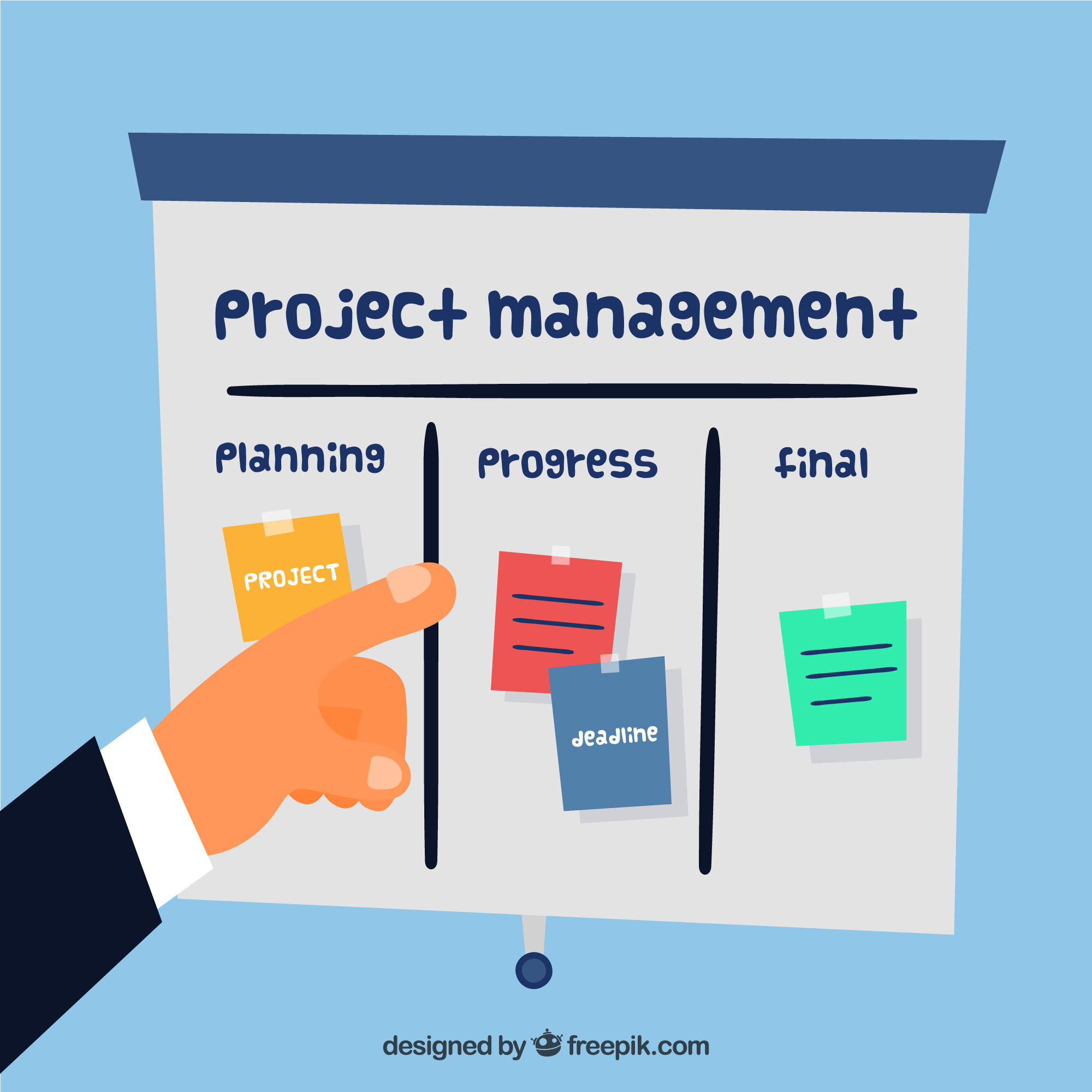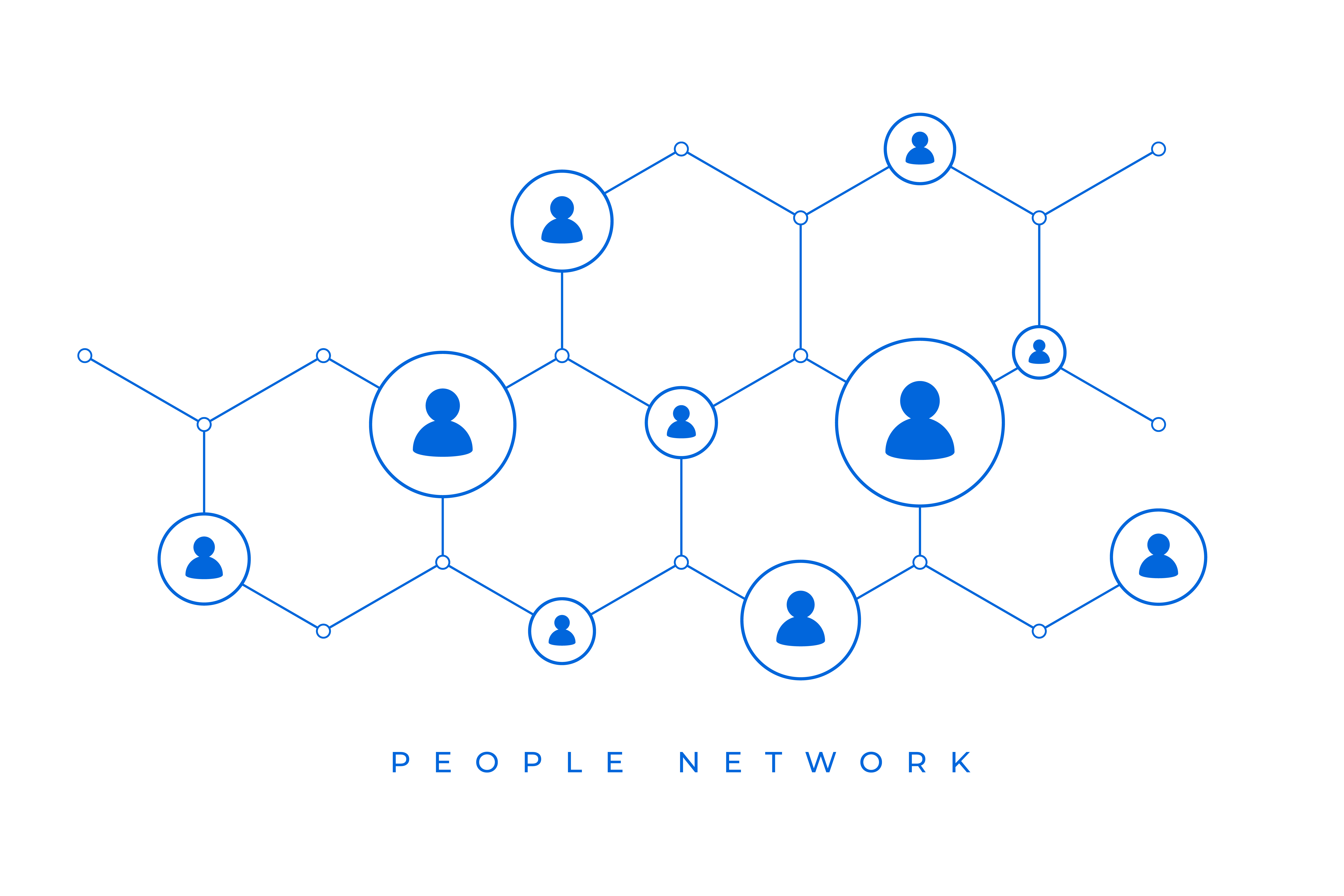Emotional Intelligence
- Author :
- Date : 09 Aug 2025
- Time : 7 Min to read

Why Emotional Intelligence Is the Secret Sauce for Career Success
In today's fast-paced, interconnected workplace, technical skills alone aren't enough. At the heart of effective collaboration and leadership lies emotional intelligence (EQ)—the ability to recognize, understand, and manage one's own emotions and those of others. In this comprehensive guide, we'll explore why EQ is crucial for career success, how to develop core emotional intelligence skills, and practical strategies to leverage EQ for stronger leadership, enhanced teamwork, and accelerated career growth.
The Business Case for Emotional Intelligence
Higher Employee Engagement
Teams led by managers with strong EQ report greater job satisfaction and lower turnover. Leaders who demonstrate empathy and active listening foster a supportive environment where employees feel valued and motivated.
Improved Conflict Resolution
Emotionally intelligent professionals can regulate their own responses and guide difficult conversations toward constructive outcomes. This reduces workplace stress and boosts team productivity.
Better Decision-Making
High-EQ individuals integrate emotional data with analytical thinking, leading to more balanced, strategic decisions.
Enhanced Leadership & Influence
Leaders with elevated self-awareness and social skills inspire trust, cultivate loyalty, and promote a shared sense of purpose. Their authentic connection with team members drives organizational performance.
"In 2025, 90% of employers rank emotional intelligence as a critical leadership competency"—a clear sign that emotional intelligence skills like empathy, self-regulation, and social awareness have moved from 'nice-to-have' to non-negotiable.
Core Components of Emotional Intelligence
Psychologist Daniel Goleman's five-domain model of EQ provides a clear framework for professional development:
1. Self-Awareness
- Professionals who are self-aware anticipate emotional reactions, avoid misunderstandings, and present themselves authentically.
2. Self-Regulation
- Managing impulsive feelings and behaviors helps professionals navigate high-stress situations—like tight deadlines or critical feedback—with poise, protecting team morale.
3. Motivation
- Harnessing emotions to pursue goals with energy and persistence keeps you engaged, adaptable, and inspires colleagues through your optimism.
4. Empathy
- Understanding others' perspectives builds rapport, tailors communication to diverse audiences, and resolves conflicts effectively.
5. Social Skills
- Managing relationships, building networks, and collaborating effectively lead to successful professional networking, smoother teamwork, and better stakeholder engagement.
Benefits of High EQ in the Workplace
- Stronger Team Dynamics: EQ enables professionals to read non-verbal cues, adapt communication styles, and offer timely support—fostering collaborative environments.
- Resilience & Stress Management: Emotional intelligence equips you with tools to reframe setbacks, maintain a positive mindset, and recover quickly from failures or stressful projects.
- Effective Leadership & Talent Development: Leaders with high EQ coach their teams compassionately, delegate appropriately, and nurture future leaders through constructive feedback.
- Enhanced Client Relationships: In client-facing roles, emotional awareness helps tailor solutions to client needs, build trust, and manage expectations—ultimately driving customer satisfaction and repeat business.
- Boosted Innovation & Creativity: Emotionally secure teams feel safe to share ideas, take calculated risks, and challenge assumptions—key ingredients for creative problem-solving.
How to Develop Your Emotional Intelligence
1. Cultivate Self-Awareness
- Keep an Emotion Journal: Note daily emotional highs and lows, identify recurring triggers, and reflect on how emotions influence your behavior.
- Seek Honest Feedback: Ask trusted colleagues or mentors to share observations about your communication style and emotional responses.
- Mindfulness Meditation: Practice short, focused breathing exercises to observe thoughts and feelings without judgment, improving your ability to recognize emotions as they arise.
2. Practice Self-Regulation
- Pause Before Reacting: When you feel a strong emotion—anger, frustration, or excitement—take a brief break to regain composure.
- Develop Coping Strategies: Identify go-to techniques—like progressive muscle relaxation, short walks, or quick journaling—to manage stress and maintain calm.
3. Boost Motivation
- Set SMART Goals: Create Specific, Measurable, Achievable, Relevant, and Time-bound objectives for your career development. Regularly track progress to sustain engagement.
- Visualize Success: Spend a few minutes daily imagining the completion of your goals. This mental rehearsal fuels optimism and clarifies priorities.
- Celebrate Small Wins: Acknowledge incremental progress—finishing a report, mastering a new software feature, or facilitating a productive meeting—to maintain momentum and positive energy.
4. Strengthen Empathy
- Active Listening: In conversations, focus fully on the speaker. Ask open-ended questions and paraphrase their points to demonstrate genuine understanding.
- Perspective-Taking Exercises: When conflicts arise, deliberately consider the other person's viewpoint. Ask yourself: "How might they be feeling, and what pressures could they be under?"
- Read Fiction & Biographies: Immersing yourself in diverse narratives helps you practice walking in others' shoes—expanding your emotional range and cultural sensitivity.
5. Enhance Social Skills
- Engage in Regular Networking: Attend industry events, join professional groups, and participate in online forums. Approaching new connections with curiosity builds rapport and broadens your influence.
- Master Constructive Feedback: Use the "SBI" model—Situation, Behavior, Impact—to give clear, empathetic feedback that focuses on actions rather than personal traits.
- Collaborative Projects: Volunteer for cross-functional teams or committees to practice negotiation, consensus-building, and conflict resolution in real-world contexts.
Leveraging MentoraX Training to Elevate Your EQ
Mastering emotional intelligence can transform your career trajectory, but developing these skills often requires structured practice and coaching. Our Training of Trainers (ToT) course at MentoraX equips you with advanced facilitation techniques, adult learning theories, and group management strategies—crucial abilities for any professional striving to enhance leadership skills, communication effectiveness, and team performance. In this intensive classroom program, you'll:
- Apply self-awareness and social skills modules through peer-led practice sessions.
- Gain hands-on experience in moderating diverse learner groups, promoting empathy and active listening.
- Receive personalized feedback on emotional cues and facilitation style, sharpening your capacity to motivate and inspire others.
By anchoring your EQ journey with professional training, you not only accelerate personal growth but also position yourself as a trusted leader able to design and deliver impactful learning experiences in any organizational setting.
Measuring Your Emotional Intelligence Progress
1. Self-Assessment Tools
Take credible EQ assessments—such as the Emotional Quotient Inventory (EQ-i 2.0) or the Mayer-Salovey-Caruso Emotional Intelligence Test (MSCEIT)—to benchmark your strengths and areas for improvement.
2. 360° Feedback
Gather input from peers, reports, and supervisors to gain a holistic view of your emotional competencies in action.
3. Performance Metrics
Track team engagement scores, employee satisfaction surveys, and project success rates to correlate EQ improvements with tangible business outcomes.
4. Reflect & Adjust
Schedule quarterly reviews of your EQ journal, goals, and feedback. Adapt your development plan to address emerging challenges and leverage new opportunities.
Real-World Examples: EQ in Action
Tech Startup Leader
A CTO with high EQ rebuilt a demoralized engineering team by hosting small-group listening sessions and co-creating a roadmap that addressed their concerns—resulting in a 50% reduction in attrition and faster product releases.
Sales Director
By mastering empathy and active listening, a sales leader turned around declining client relationships—transforming underperforming accounts into $1M+ partnerships within six months.
Project Manager
Proactively managing stress and modeling vulnerability, a project manager cultivated a culture of psychological safety. Team members felt empowered to propose innovative solutions, boosting project success rates by 35%.
Next Steps: Integrate EQ into Your Daily Routine
- Morning Check-Ins: Start each day with a brief emotional scan—rate your mood and identify one action to maintain balance (e.g., a midday mindfulness break).
- Weekly Reflection: Dedicate 15 minutes at week's end to review your EQ journal, celebrate progress, and set intentions for continuing growth.
- Peer Accountability: Partner with a colleague or join a mentoring circle to discuss challenges, exchange feedback, and reinforce new emotional intelligence habits.
- Continuous Learning: Subscribe to EQ-focused podcasts, read foundational books like Emotional Intelligence by Daniel Goleman, and attend workshops or webinars to stay current with best practices.
Related Posts




09 Aug 2025 • 11 Min Read
The Importance of Mentoring: How to Find a Great Mentor and How to Be One
None



09 Aug 2025 • 12 Min Read
The Art of Salary Negotiation: What Every Young Professional Should Know
None







09 Aug 2025 • 8 Min Read
Building a Personal Brand in the Digital Age: A Guide for New Professionals
None



